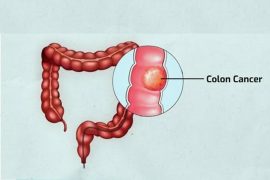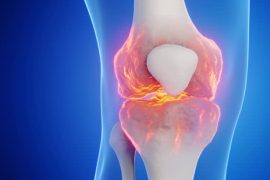Thyroid swelling, often a sign of underlying conditions, requires urgent attention, especially since thyroid issues are common in women. Dr. emphasized the importance of addressing thyroid swelling promptly. While thyroid disorders are typically managed with hormonal supplements, the presence of a swollen thyroid gland may indicate more serious health concerns. Dr. advises seeking immediate medical evaluation to ensure proper diagnosis and treatment, highlighting the critical role of the thyroid in regulating growth and metabolism through hormones like thyroxine (T-4) and triiodothyronine (T-3).
What does it indicate?
Thyroid swelling, typically visible as an enlargement in the front of the neck, can indicate various conditions ranging from benign to serious. While thyroid swelling is more common in women, affecting both genders, it can be associated with hormonal imbalances. The swelling may result from a simple cyst, nodule, or, in rare cases, a tumor or cancer. Notably, 90% of thyroid swellings in women are non-cancerous, but in men, the likelihood of the swelling being cancerous is higher, at around 95%.
Evaluation process
When evaluating thyroid swelling, a three-test procedure is recommended to ensure accurate diagnosis. If the swelling persists for more than three weeks, it’s important to consult an ENT or Head and Neck Surgeon. The first step is a thyroid hormone test to assess hormonal levels. Next, an ultrasound scan of the neck is conducted to determine the size, location, and nature of the swelling. Finally, a fine needle aspiration cytology (FNAC) test is performed, where a sample is taken from the swelling to identify the type of cells present, helping to determine whether the swelling is cancerous or benign.
Treatment procedures
In treating thyroid swelling, a “wait and watch” approach is often recommended for female patients with small swellings less than 1 cm in size. However, if the swelling exceeds 4 cm, occurs in males, affects individuals over 55 years of age, or if tests indicate cancer or the swelling causes pressure symptoms (such as difficulty swallowing, breathing, or changes in voice), surgery becomes the primary treatment option. The extent of surgical intervention, whether partial or complete removal of the thyroid gland, is determined by the results of the diagnostic tests.
Disclaimer:
The information contained in this article is for educational and informational purposes only and is not intended as a health advice. We would ask you to consult a qualified professional or medical expert to gain additional knowledge before you choose to consume any product or perform any exercise.







